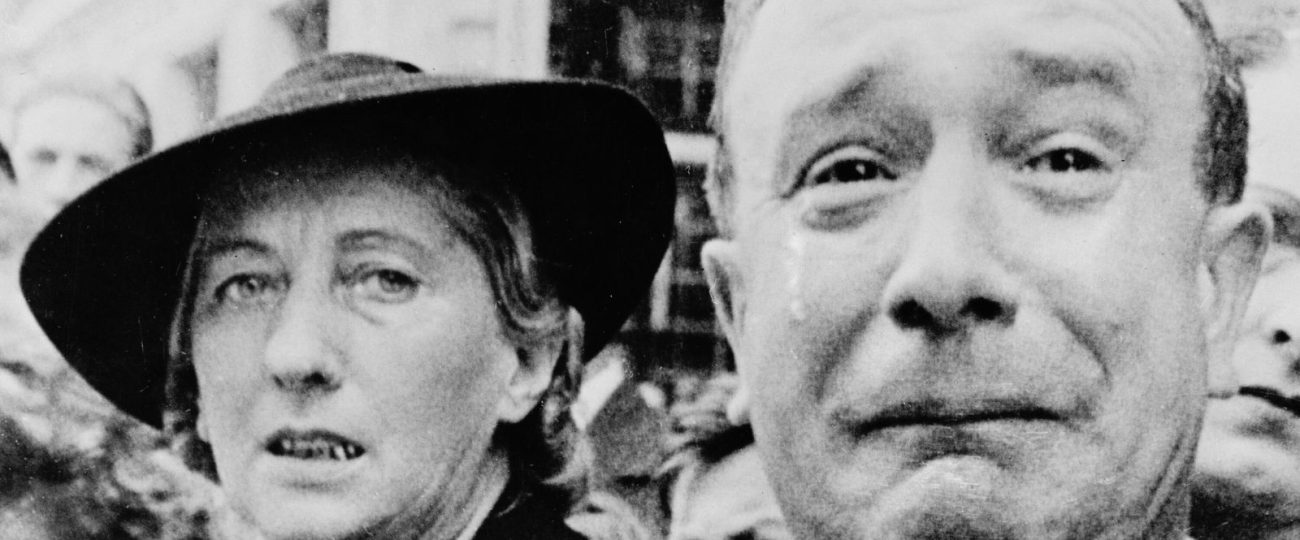What Happened On August 25th?
On August 25, 1944, Paris awoke to a city on the brink of liberation. As dawn broke, the sounds of gunfire faded, signaling the nearing end of four years of Nazi occupation. General Philippe Leclerc’s 2nd Armored Division, along with the American 4th Infantry Division, pushed into the heart of the city, and Parisians cautiously emerged from their homes. The French flags, hoisted by the Resistance, flew over key buildings, signaling a new beginning.
By mid-morning, Leclerc’s forces moved through Paris. Crowds welcomed them, waving flags and cheering with relief. The French Resistance, which had fought fiercely in the days leading up to this moment, joined the Allied troops in securing important locations and capturing the remaining German soldiers. Leclerc’s forces reached the Hôtel de Ville by noon and raised the French flag, reclaiming Paris under French control.
General Dietrich von Choltitz, the German military governor of Paris, spent the morning preparing to surrender. Despite Hitler’s orders to defend Paris to the last man and destroy its landmarks, Choltitz recognized that further resistance was pointless. By early afternoon, he officially surrendered to Leclerc at the Hôtel Meurice, the German military headquarters. His decision to surrender saved Paris from the devastation that had struck other European cities. Choltitz’s hesitation had roots in a deep respect for the cultural and architectural heritage of Paris. Despite his role as a German officer, he had become aware of the city’s irreplaceable treasures and chose to ignore Hitler’s directive to leave Paris in ruins.
As the day continued, General Charles de Gaulle arrived in Paris, greeted by ecstatic crowds. He made his way to the Hôtel de Ville and delivered a brief but powerful speech, declaring that Parisians, with the support of the Allies, had freed their city. De Gaulle’s arrival solidified the legitimacy of the Free French government and ended the final chapter of Nazi rule in France. The crowds that gathered to see de Gaulle also included members of the French Resistance who had operated in secrecy for years. Many of these fighters had faced arrest, torture, or execution at the hands of the Gestapo, yet they continued their efforts, culminating in the success of that day.
In the days leading up to this historic moment, the French Resistance took decisive action. On August 19, they launched uprisings across the city, seized police stations, government buildings, and key intersections. Their actions disrupted German control and inspired the population to rise against the occupiers. These efforts paved the way for the liberation but came at a high cost, as street battles left parts of the city in ruins and many lives lost. Among the many brave acts of defiance was the role of female Resistance members who smuggled weapons, delivered vital messages, and even participated directly in combat. These women risked everything, knowing the brutal consequences if caught, yet their contributions were vital to the success of the uprising.
Spanish Republican exiles, who had fled to France after the Spanish Civil War, fought alongside the Resistance. The Nueve, a company of Spanish soldiers under Leclerc’s command, led the charge into Paris. Their vehicles, marked with names like “Madrid” and “Guadalajara,” rolled through the city, linking their struggle with the broader fight against fascism. Their participation underscored the international effort that helped liberate Paris. These Spanish fighters, veterans of a brutal civil war, brought with them not just military experience but a deep understanding of the fight against fascism, having already battled Franco’s forces years earlier. Their determination stemmed from a shared belief that the liberation of Paris was a step toward a broader victory over tyranny.
As the Resistance took control of the city, the German garrison’s morale collapsed. Choltitz, knowing that defeat was inevitable and understanding Paris’s cultural importance, chose not to carry out Hitler’s orders to destroy the city. His decision to surrender spared Paris from the destruction that had devastated other European capitals. The relief among Parisians was palpable, as they had feared their beloved city would face the same fate as Warsaw or Rotterdam, where retreating German forces had left nothing but destruction in their wake.
The liberation of Paris also revealed deep divisions within French society. As celebrations erupted, acts of revenge against collaborators began. Public executions and humiliations exposed the desire for justice, but also the moral complexities of life under occupation. These events highlighted the blurred lines between survival and collaboration during those harsh years. The process of purging those who had collaborated with the Nazis, known as épuration, was marked by both formal trials and spontaneous acts of vengeance. While some collaborators were brought to justice in courts, others were dealt with in the streets, where accusations alone could lead to swift and often brutal punishment.
The day after the liberation, De Gaulle and his provisional government began the difficult task of restoring order and rebuilding a nation torn by war. Paris, though free, bore the scars of occupation. The physical and psychological wounds ran deep, and the challenge of national reconciliation loomed large. De Gaulle’s government quickly restored essential services, rebuilt infrastructure, and sought justice for those who had suffered under Nazi rule.





